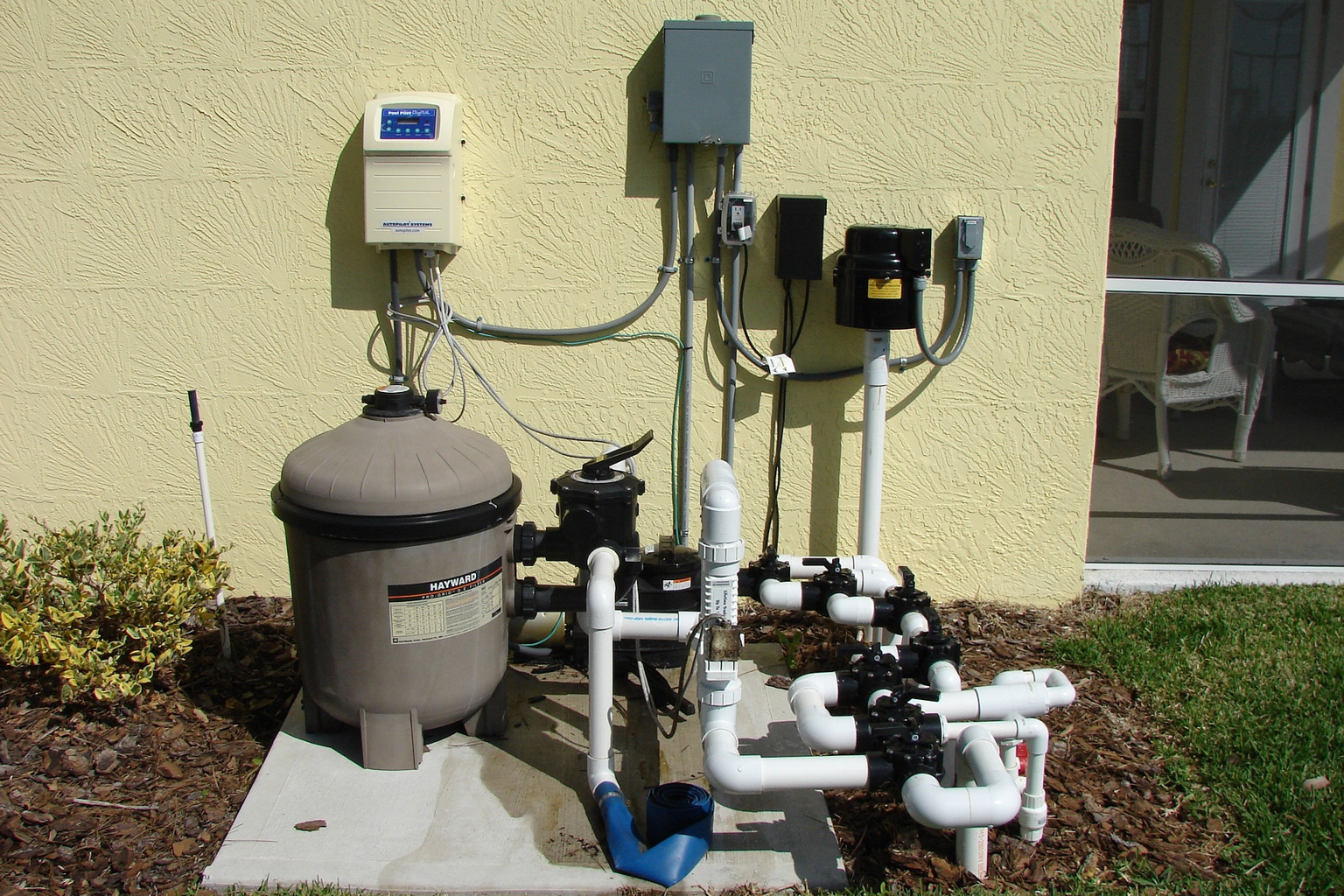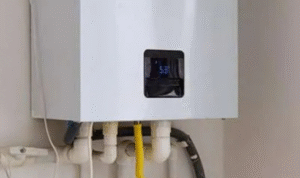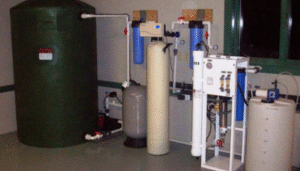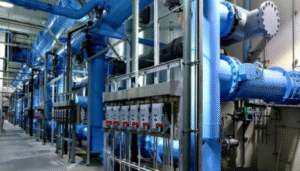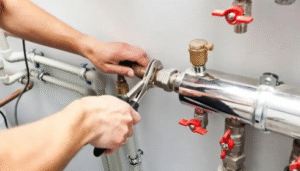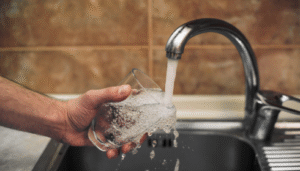I’ll admit it—air quality wasn’t something I thought about much until a couple of years ago. You hear the news about smog, pollen counts, or wildfire smoke, and it’s easy to assume that the real risks are outside. But then you start noticing how often you’re sneezing at home, or how the house feels a little stale no matter how much you crack a window. That’s when it clicks: indoor air can be just as tricky, if not worse, than what’s blowing around outside.
On Long Island especially, where coastal winds mix with suburban life, homes often deal with a cocktail of dust, pollen, pet dander, and seasonal humidity. The solution isn’t just spraying some air freshener or plugging in a scent diffuser—that only masks the problem. What really helps is thinking bigger, deeper, and more practical about the air you’re breathing day in and day out.
A Bigger Approach to Cleaner Air
Small air purifiers are great for bedrooms or offices, but when you’re trying to keep an entire household breathing easier, you need something more comprehensive. That’s where a whole house air purifier Long Island homeowners are starting to rely on comes into play. Instead of just working in one corner of the living room, these systems connect with your HVAC setup and filter every bit of air flowing through your ducts. It’s like giving your entire house a set of healthy lungs.
People often underestimate how much these systems can do. Beyond trapping allergens, many models tackle mold spores, bacteria, and even certain chemicals that float invisibly through the air. It’s not glamorous technology—you won’t “see” it working—but the difference in how the home feels (and how you feel) becomes noticeable within days.
The Personal Side of Air
I remember visiting a friend who had just installed a home air filtration system. At first, I thought they were exaggerating when they said their house felt different. But the second I stepped inside, the air seemed lighter somehow—less heavy, less “stuffy.” It’s hard to put into words, but you know when you’ve walked into a space that’s genuinely fresh.
What makes this kind of system stand out is the consistency. Unlike a standalone machine you have to move around or remember to switch on, it’s always running in the background. You don’t think about it until allergy season hits and you realize you’re sneezing less, sleeping better, and generally just more comfortable indoors.
This isn’t just about convenience—it’s about long-term health. Doctors often remind us that the air we breathe directly impacts our immune systems, sleep quality, and even energy levels. Cleaner air at home means your body has less junk to fight off, leaving more room for actual rest and recovery.
Choosing What Works for You
Of course, the big question becomes: how do you decide what’s right for your house? With so many brands and technologies out there, it’s easy to feel lost in the jargon—HEPA, UV light, activated carbon, ionizers. Each option has its benefits, and the best fit usually depends on what you’re struggling with most.
For example, families with pets often need filters designed to trap dander and hair more effectively. Allergy sufferers might lean heavily toward HEPA filtration. And households near high-traffic roads may benefit from systems with carbon filters that reduce odors and vehicle-related pollutants.
At the end of the day, there’s no universal answer, though many experts point toward the best air cleaner for home being one that strikes a balance between filtration power, quiet operation, and easy maintenance. That last part—maintenance—is huge. A system is only as good as its upkeep. Change those filters, check on the system regularly, and it will pay you back in comfort and health many times over.
Why It Matters Now More Than Ever
We spend close to 90% of our time indoors, a statistic that’s become even more true with the rise of remote work. If the air in our homes is loaded with allergens and pollutants, it’s no wonder fatigue, headaches, and lingering colds feel like part of daily life.
Add to that the environmental shifts—wildfires pushing smoke across states, fluctuating pollen seasons, or even just construction dust from neighborhood projects—and it becomes clear that what’s inside your home doesn’t stay untouched by what’s outside. Clean indoor air isn’t a luxury anymore; it’s one of those basic quality-of-life things that’s worth the investment.
A Final Thought
When people talk about home upgrades, they often focus on what’s visible: new flooring, a modern kitchen, updated windows. Those things matter, of course, but air is invisible—until it isn’t. The moment you start noticing how heavy, stale, or irritating it feels, you realize just how vital it is.
Investing in cleaner air is one of those decisions that doesn’t just change how your house looks or functions—it changes how you live in it. A fresher environment means better sleep, fewer sick days, less dusting (yes, really), and just a calmer sense of well-being. It’s one of those upgrades you don’t brag about at parties, but over time, it may be the one that makes the biggest difference.
